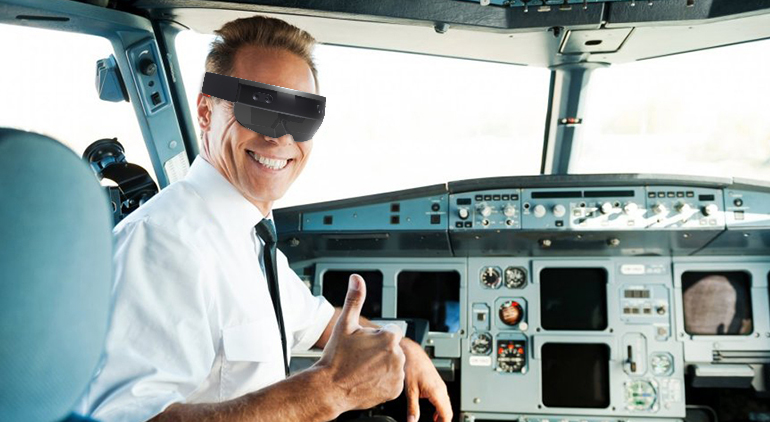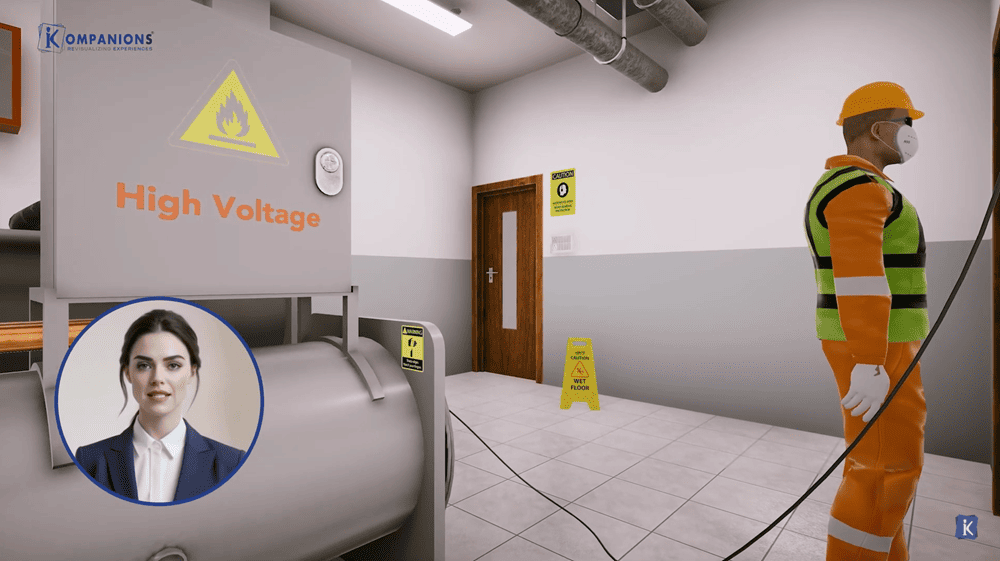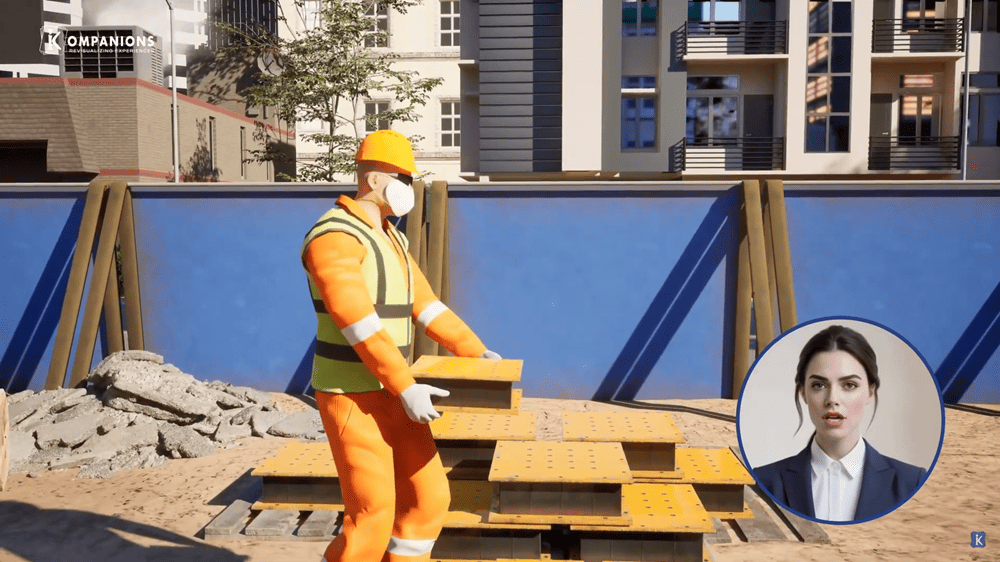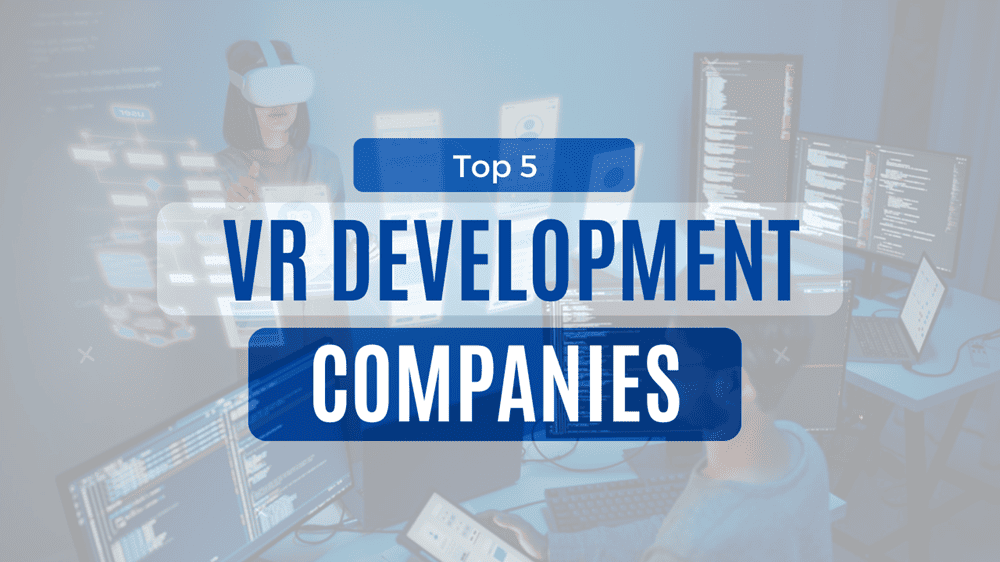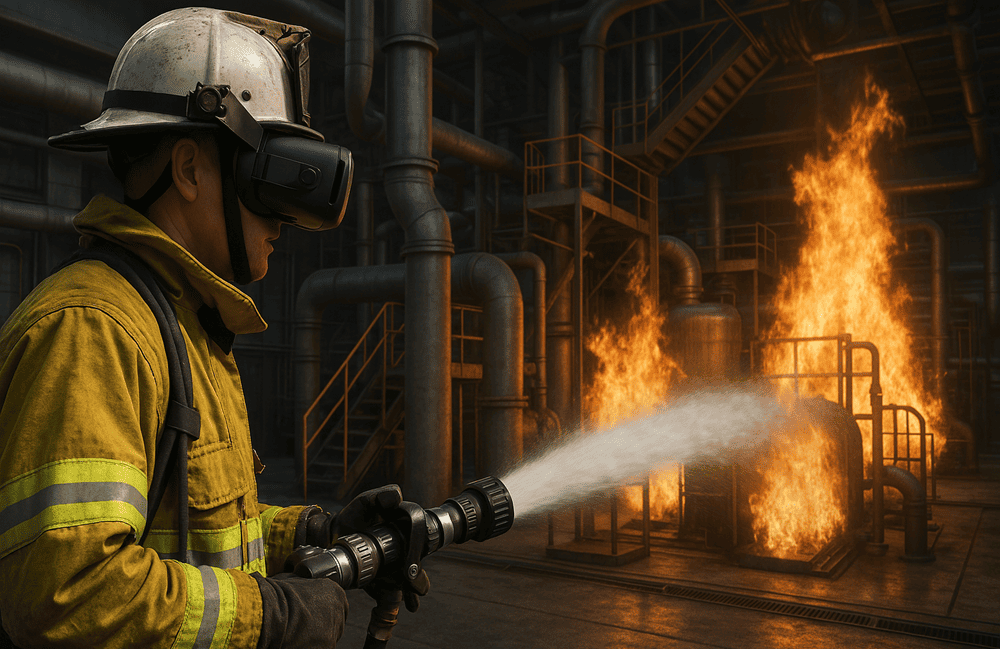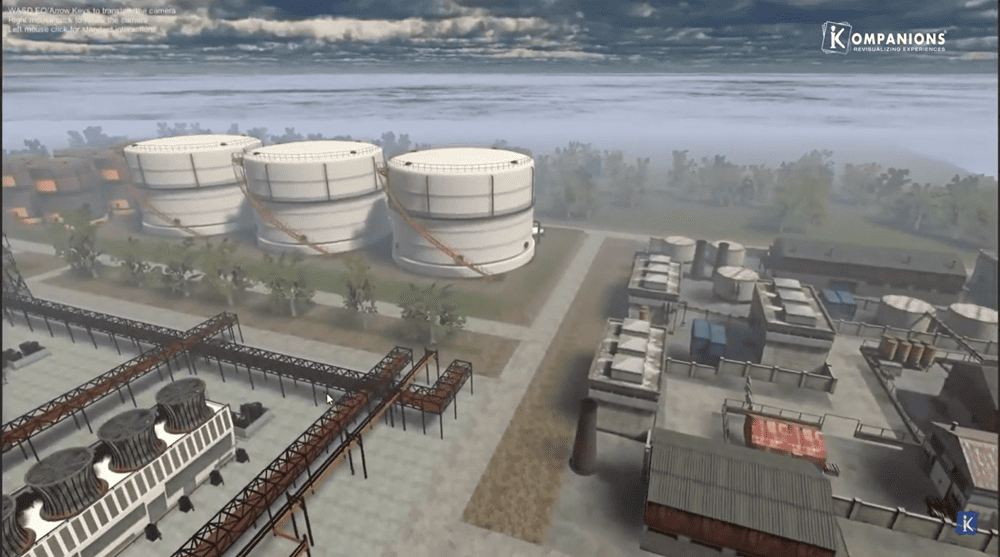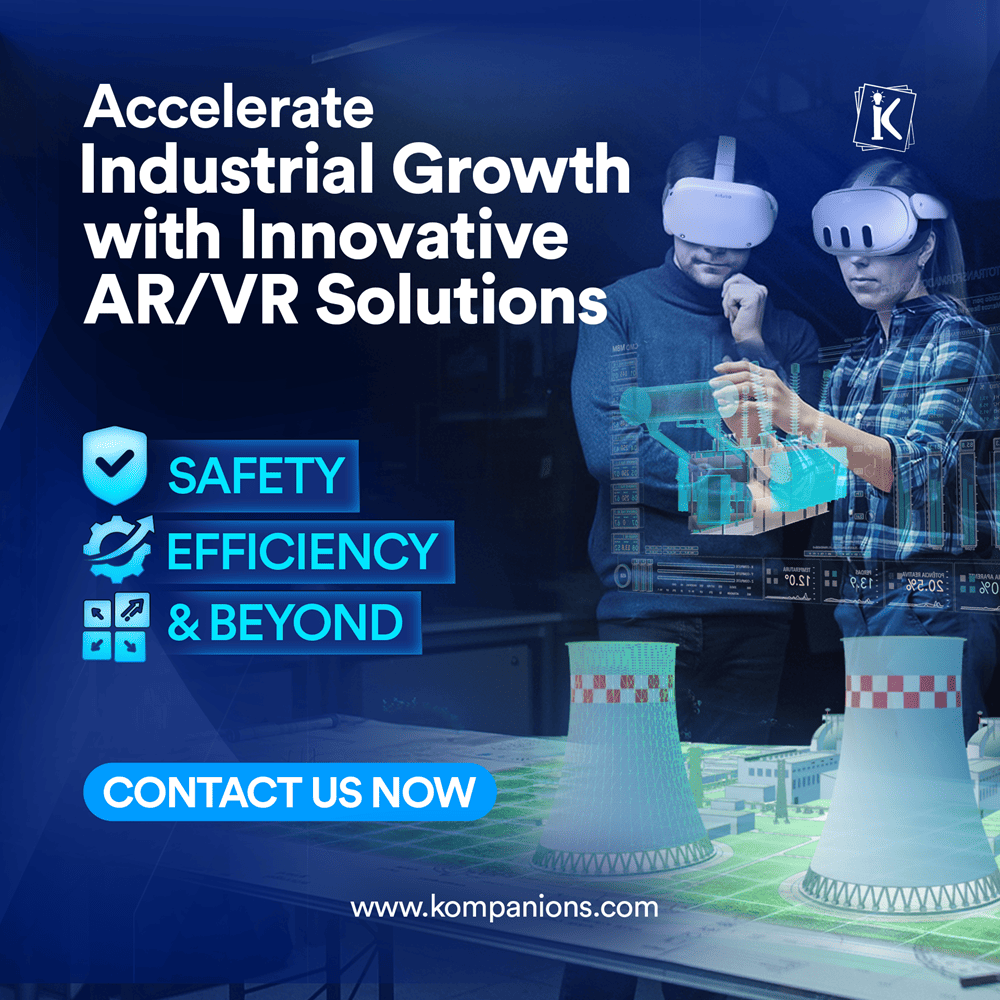Flying the Future: Pilot Training Through Mixed Reality
- The global aviation industry is projected to reach $1372 Million market value by 2025.
- The sector is expecting an investment of $4.99 Billion by 2025.
In this heavily globalized economy, India has seen an aviation market share of 28%. Starting from ground staff and maintenance training to the more advanced pilot training in flight schools.
Synthetic and augmented visions are playing a huge role in disrupting industries.
☑️Mixed Reality in Aviation
The tech is in its infancy. The industries are still moving from the awareness stage into complete adoption. However, utilization is seen as inevitable. Some examples of global players incorporating the tech are:
- Military applications like the Red 6 Aerospace simulate enemies during live flight.
- NASA, the US Air Force, and the US Naval Air Command have sculpted an in-flight simulator that allows pilots to practice a maneuver right before executing it.
- The Turkish aviation academy, Celebi Aviation Holding has almost completely replaced traditional modules with mixed reality ones.
- Qatar Airways is giving its pilots a highly immersive experience with realistic virtual environments.
85% of accidents in the aviation sector are caused due to pilot errors. Addressing this issue is possible only during training.
Mixed reality-powered cockpits can immerse the trainee in a detailed replica of real-world situations. Thus mixed reality equips the pilots with the prowess to face any in-flight discrepancies with confidence.
☑️Mixed Reality for Pilot Training
Traditional flight simulators cost over $4.5 Million and lack many advantages of virtual reality trainers. For example, depth perception.
This is where the stereoscopic capacity of VR goggles can help through which pilots can be equipped with a better understanding of real-world take off and landing circumstances.
- The global flight simulator market is set to reach $8.05 Million by 2027. A significant drawback of traditional simulators is the lack of a 360 degree vision.
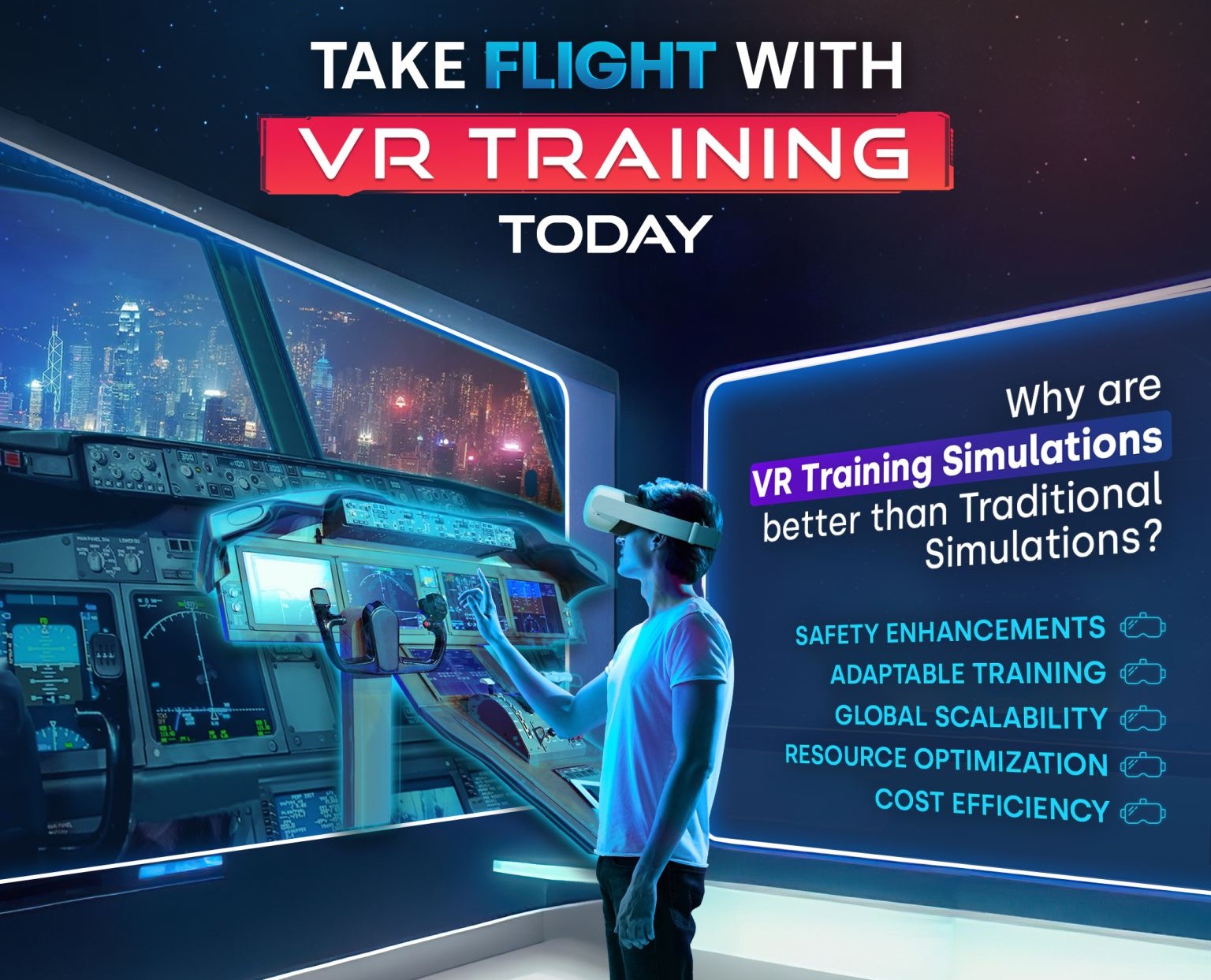
A pilot needs to be trained for lookouts. Traditional simulator lookouts are bracketed to just 180 degrees at most. With built-in gyroscopes and accelerometers, VR goggles can help simulators achieve a natural 360 degree lookout.
Traditional simulators are also less scalable and minimally modular. This makes it costly. Through VR integration, the simulator could be minimally equipped with physical components that are absolutely necessary, and the rest can be digitally projected.
VR-enabled flight simulators to trump traditional trainers. An actual flying experience can be created within a safe environment and the students can be trained in multiple aircraft.
Related post: Smart Fitness Technology To Sustain Healthcare Training
☑️Recent Development in Pilot Training through MR
• August 2020: China Airlines hopes to introduce its Neo Aircraft fleet through L3Harris Tech’s pilot training simulator.
• February 2020: Pilot and maintenance courses provided by Kansas State University is completely mixed reality enabled.
• November 2019: CAE expanded its training facilities in the ME through a fully virtualized simulator format of Bombardier Global 7500.
The aerospace technology and aviation training sector is minimally fragmented. Competitors often look to expand by reaching out to geographic extremes.
Flying trainers need to be close to business with the aircraft to sustain a revenue model. Mixed reality can help in re-configuring the simulators with ease, at a reduced cost, any time there is an upgrade in the industry.
☑️Future of Flying with Mixed Reality
- The flight training and simulation market has a value of $1.15 Billion (2020).
- By 2026, the market is expected to reach $3.10 Billion.
- The 2021 – 2026 CAGR will be 17.85%. The industry is still yearning for the tech to advance for more mixed reality applications to pop up.
- The mixed reality takeover is supposed to be close to 12% of the entire aviation industry.
- The CAGR by 2025 is expected to hit 61.2%.
Although the emerging Japanese and Chinese markets are exploring the possibilities, VR in aviation is expected to have the highest growth rate in the Asia Pacific region.
Merging synthetic vision with enhanced vision is the future of aviation. This means windowless cockpits could be the new norm. Especially during rough weather and other low visibility conditions, the pilots could simply mount a visor and see clearly.
Major industry players like Boeing, Lockheed Martin, and Pratt & Whitney are already at the forefront of driving innovations and experimenting with the future of flying.
That was the next big step for the aviation industry. However, your next big step can be checking out this video from KOMPANIONS for more such industry insights.
To know where the AR, VR, and MR industries are headed and how you can be a key part of it, visit us at KOMPANIONS.

